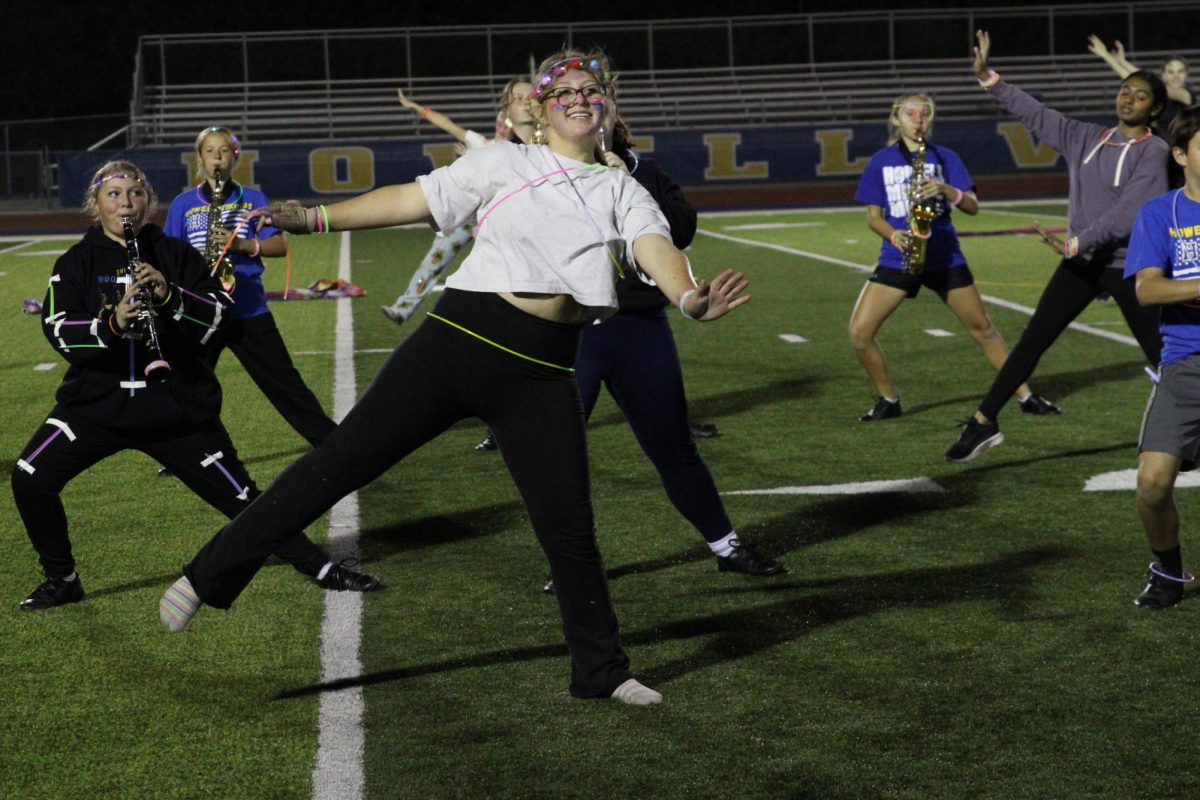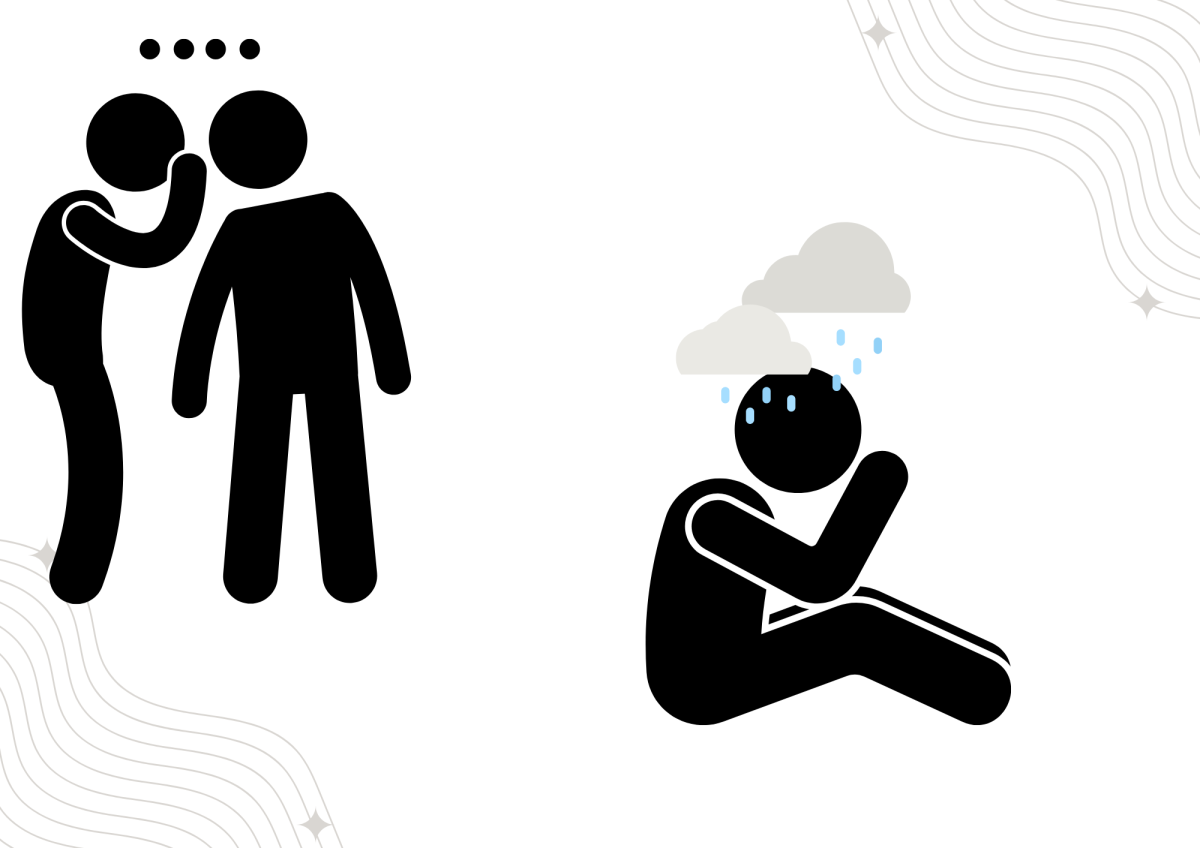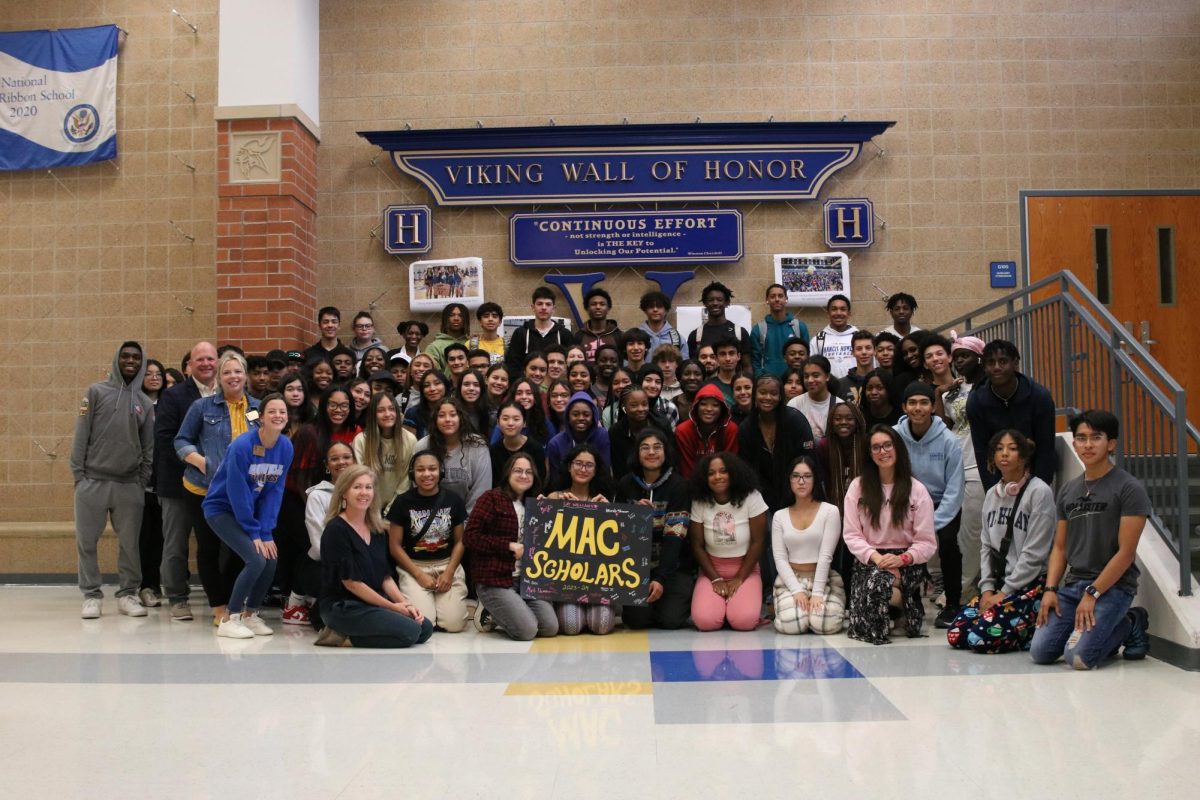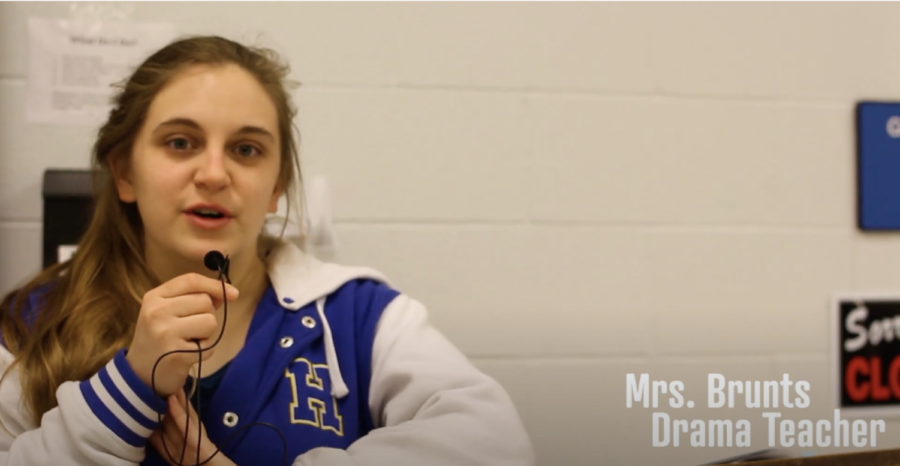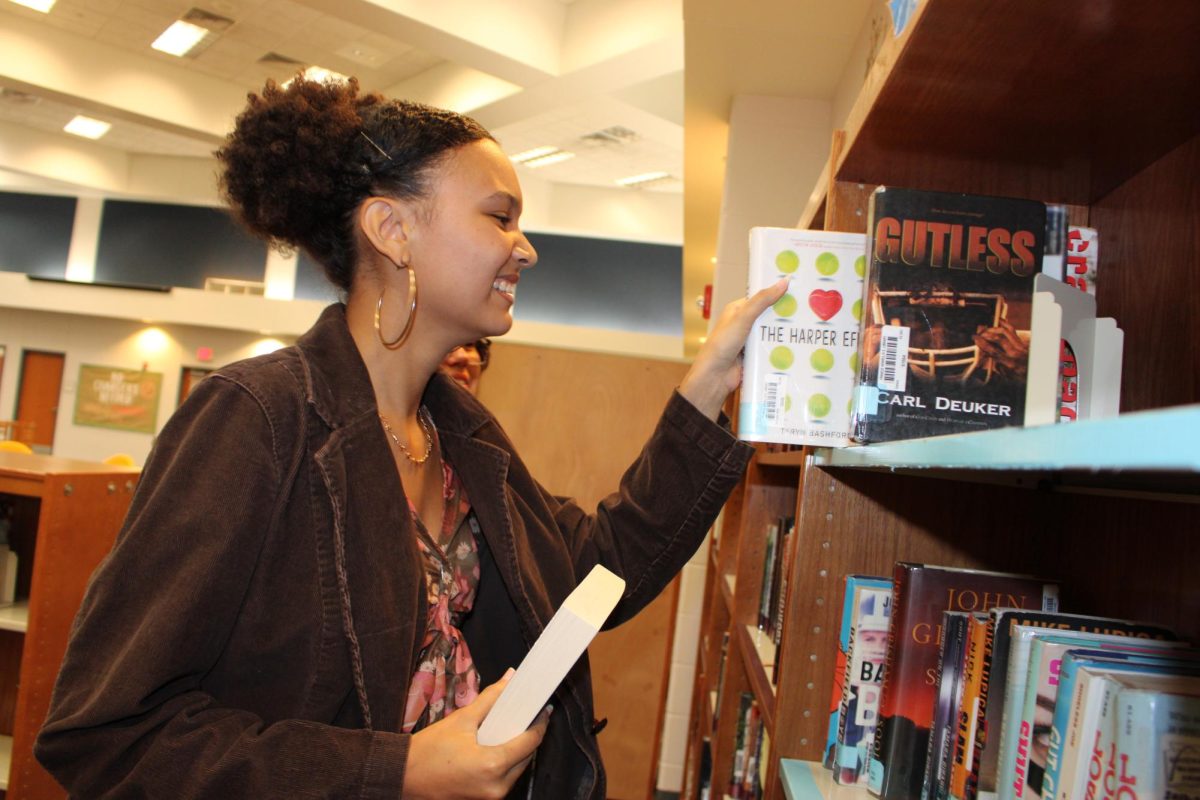Being Bilingual
In a predominantly English speaking school, less than 15 percent are bilingual. Out of this percentage, there are a variety of spoken languages such as Spanish, Ukrainian, Hindi, Russian, and Indonesian.
“I love being able to speak to a wider range of people and be a part of two great cultures,” junior Gerald Sonnerberg said.
Sonnerberg, a spanish speaker, sees this as a benefit when he’s travelling to Mexico, talking to his family, and at work.
“I think it’s cool because I get to talk to people I wouldn’t be able to talk to if I didn’t speak spanish,” Sonnerberg said.
He also hopes to incorporate the language into a potential career in engineering in the future.
“I hope to take part in bigger projects that involve different countries working together,” Sonnerberg said.
To him, being able to connect with more people of foreign languages unifies society. As for learning the language, he said it was fairly easy, since his family is fluent in Spanish. All in all, it still had its challenges.
“I think that the hardest part was understanding the verbs. They can be extremely complex and hard to follow; especially since some rules are specific to spanish,” Sonnerberg said. “In the end it’s worth it because you’re gaining more knowledge.”




